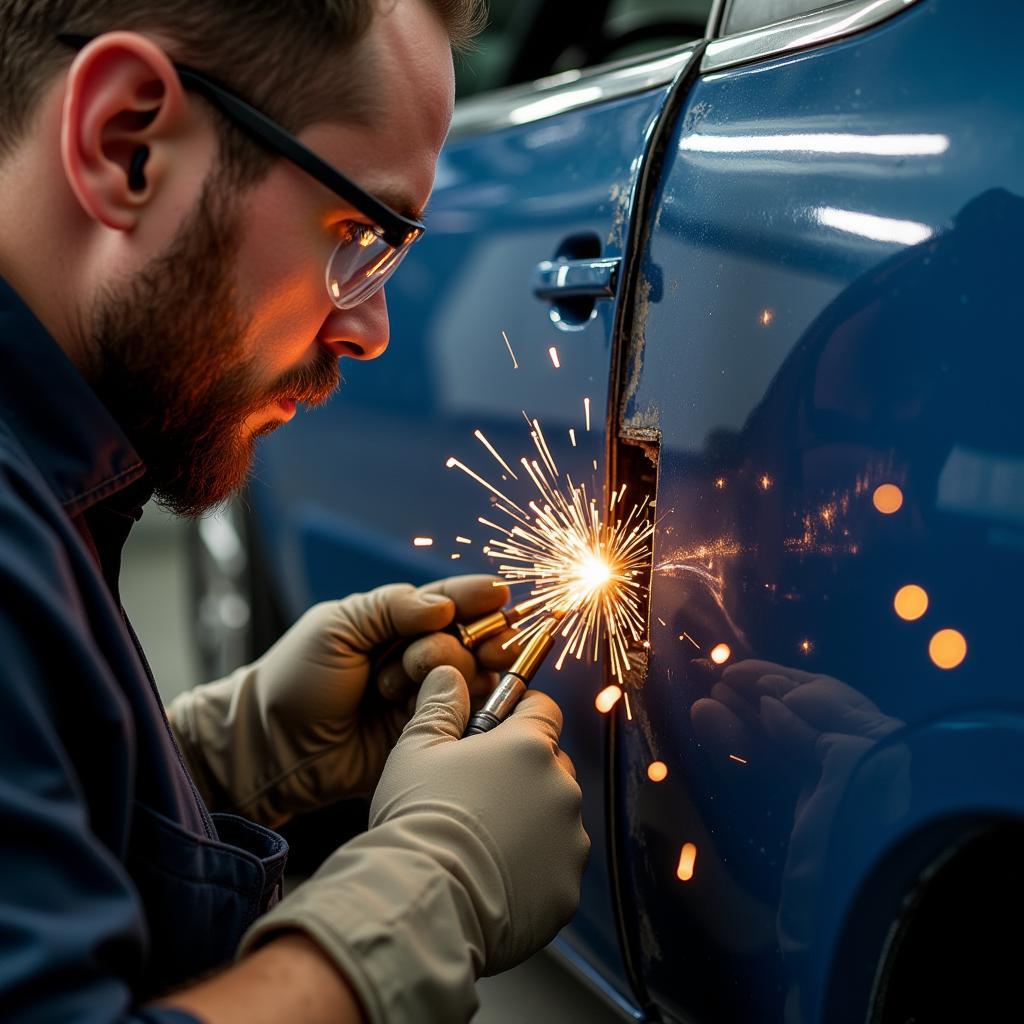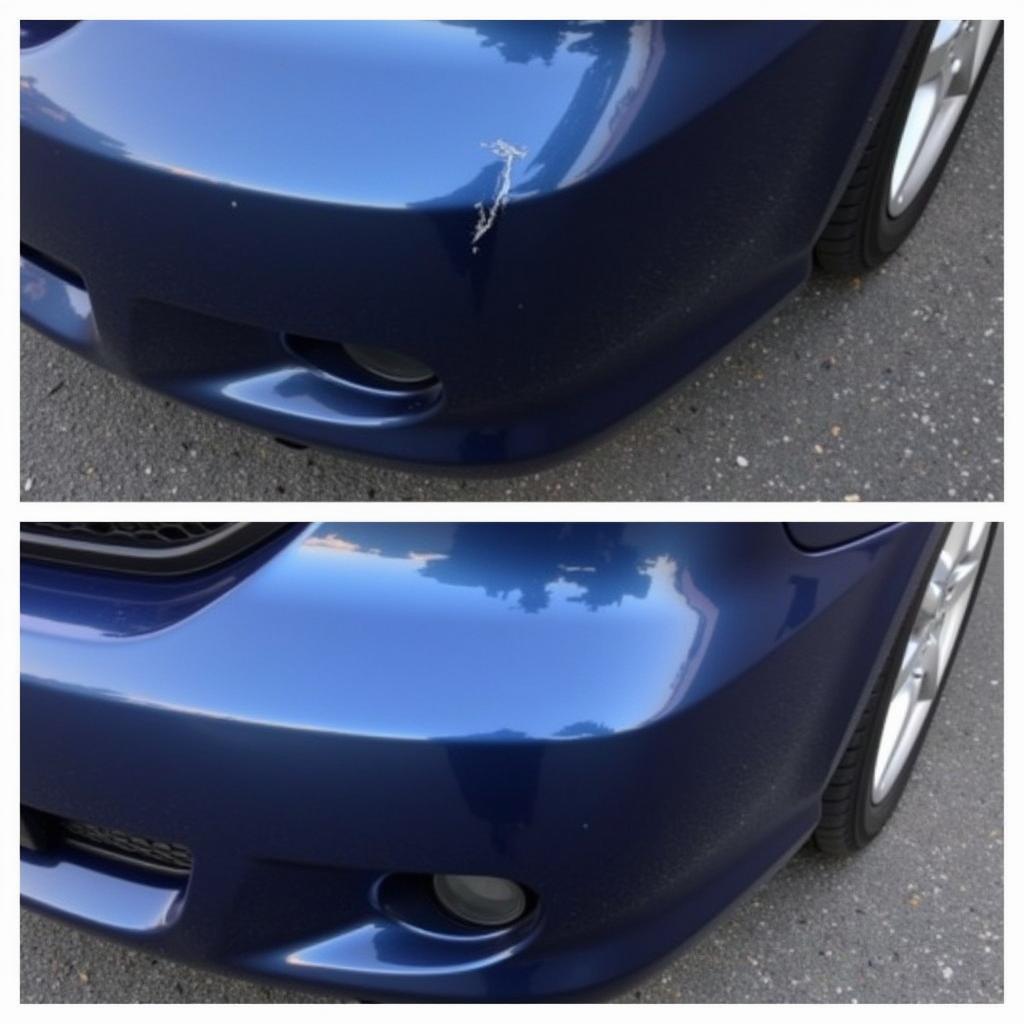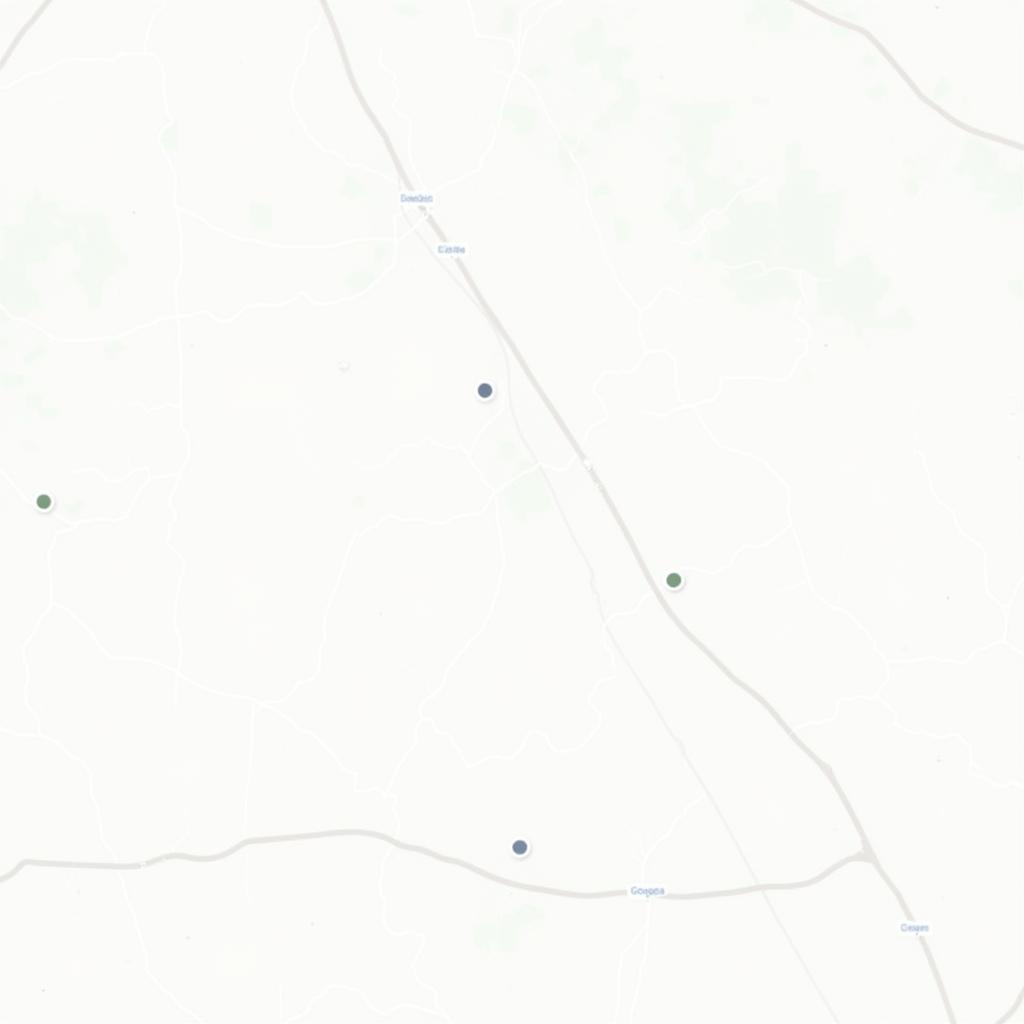
Brass Welding Car Body Repair in Progress
Car Body Repairs Brass Welding is a specialized technique used to repair damaged car bodies, offering a strong and durable solution for restoring classic cars and tackling intricate metalwork. This article delves into the intricacies of brass welding, exploring its benefits, applications, and the process involved.
Understanding Brass Welding in Car Body Repairs
Brass welding, also known as brazing, is a metal-joining process that uses a filler metal with a lower melting point than the base metals being joined. In car body repair, this often involves using a brass alloy to fuse together steel or other metal components. Unlike traditional welding, brass welding doesn’t melt the base metal, making it ideal for delicate repairs and minimizing distortion. It offers a strong bond, excellent for repairing cracks, holes, and seams in car bodies.
Why Choose Brass Welding for Car Body Repair?
Brass welding provides several advantages in car body repairs:
- Lower Heat Input: Reduces the risk of warping or distorting the surrounding metal, particularly important for thin sheet metal commonly used in car bodies.
- Strength and Durability: Creates a strong bond that can withstand stress and vibration.
- Versatility: Suitable for repairing a variety of metals, including steel, cast iron, and aluminum, making it a versatile option for classic car restoration.
- Precise Control: Allows for fine control over the welding process, making it ideal for intricate repairs in tight spaces.
 Brass Welding Car Body Repair in Progress
Brass Welding Car Body Repair in Progress
The Process of Brass Welding for Car Body Repair
Brass welding requires specific tools and techniques to achieve a successful repair. Here’s a step-by-step guide:
- Preparation: Clean the repair area thoroughly, removing any rust, paint, or other contaminants. This ensures a strong bond between the brass and the base metal.
- Flux Application: Apply flux to the joint to prevent oxidation and promote the flow of the molten brass.
- Heating the Metal: Use an oxy-acetylene torch to heat the base metal to the proper temperature. It’s crucial to avoid overheating, which can damage the metal.
- Adding the Brass: Introduce the brass welding rod to the heated joint, allowing the molten brass to flow into the gap and create a strong bond.
- Cooling and Finishing: Allow the weld to cool naturally before cleaning and finishing the repaired area. This may involve grinding, sanding, and painting to restore the original appearance.
Essential Tools and Materials for Brass Welding
- Oxy-acetylene torch and regulators
- Brass welding rods
- Flux
- Safety equipment (goggles, gloves, fire-resistant clothing)
- Wire brush and grinder for cleaning
Common Applications of Brass Welding in Car Body Repair
Brass welding is particularly effective for repairing:
- Cracked or broken panels
- Rusted-out sections
- Holes and tears in sheet metal
- Seams and joints
- Exhaust systems
Is Brass Welding Right for Your Car Body Repair?
Brass welding is a valuable technique for car body repairs, particularly for classic car restoration and intricate metalwork. While it requires specialized skills, the resulting repairs are strong, durable, and aesthetically pleasing.
“Brass welding allows for intricate repairs with minimal distortion, making it a go-to method for restoring classic cars,” says renowned automotive restoration specialist, John Miller. “The strength and durability of the brass weld ensure a long-lasting repair.”
Conclusion
Car body repairs brass welding offers a reliable and effective solution for restoring damaged vehicles. By understanding the process and applications of this technique, car owners and professionals can achieve high-quality repairs that stand the test of time. If you’re considering brass welding for your car body repair needs, consult with a qualified professional to ensure the best possible results.
FAQ
- What is the difference between brass welding and traditional welding? Brass welding uses a lower melting point filler metal, avoiding melting the base metal, unlike traditional welding.
- Is brass welding suitable for all types of car body repairs? It’s especially suitable for classic car restoration and intricate metalwork due to its precise control and minimal distortion.
- What are the benefits of using brass welding for car body repairs? Benefits include lower heat input, strength, durability, versatility, and precise control.
- What tools are required for brass welding? Essential tools include an oxy-acetylene torch, brass welding rods, flux, and safety equipment.
- How can I find a qualified professional for brass welding car body repairs? Seek recommendations from classic car clubs or automotive restoration specialists.
Need help with your car body repairs? Contact us via WhatsApp: +1(641)206-8880 or Email: [email protected]. Our 24/7 customer support team is ready to assist you.


